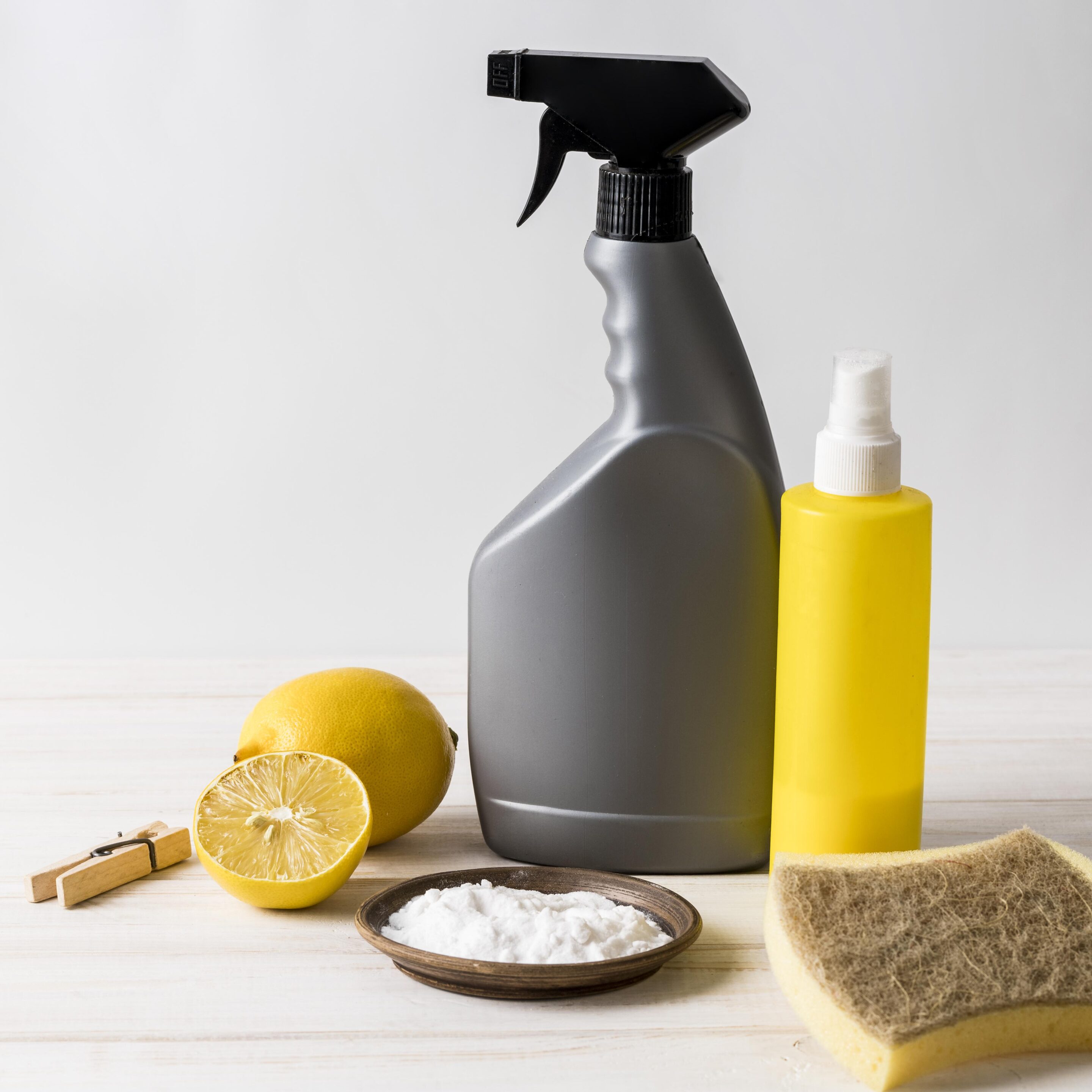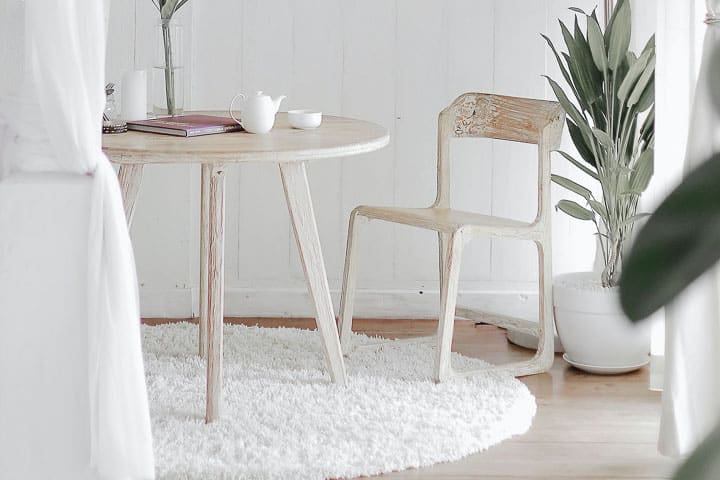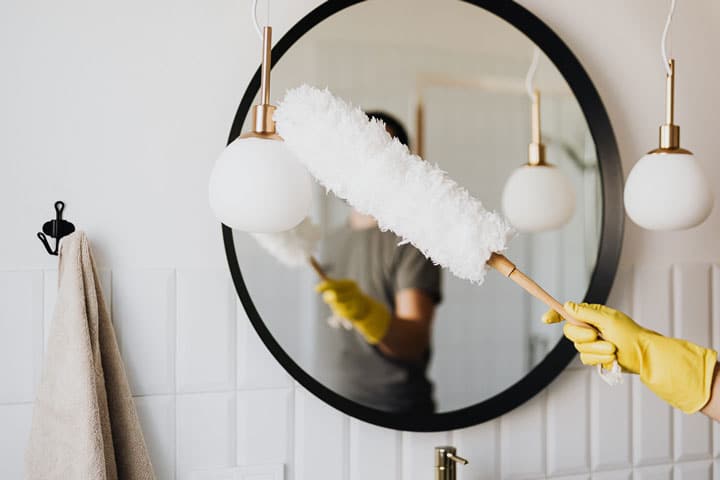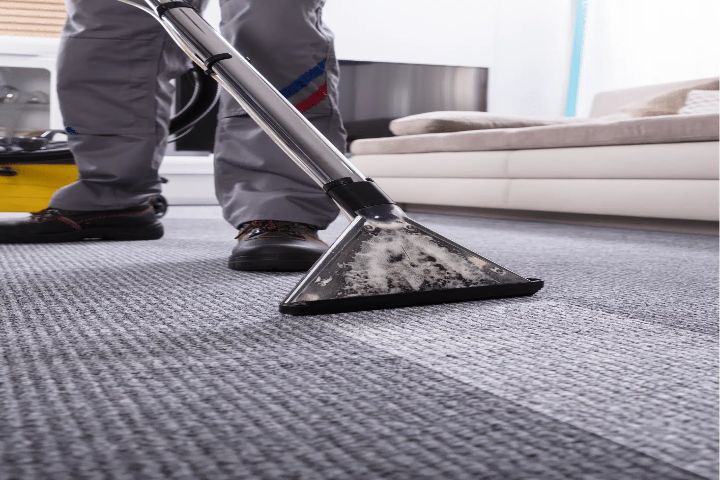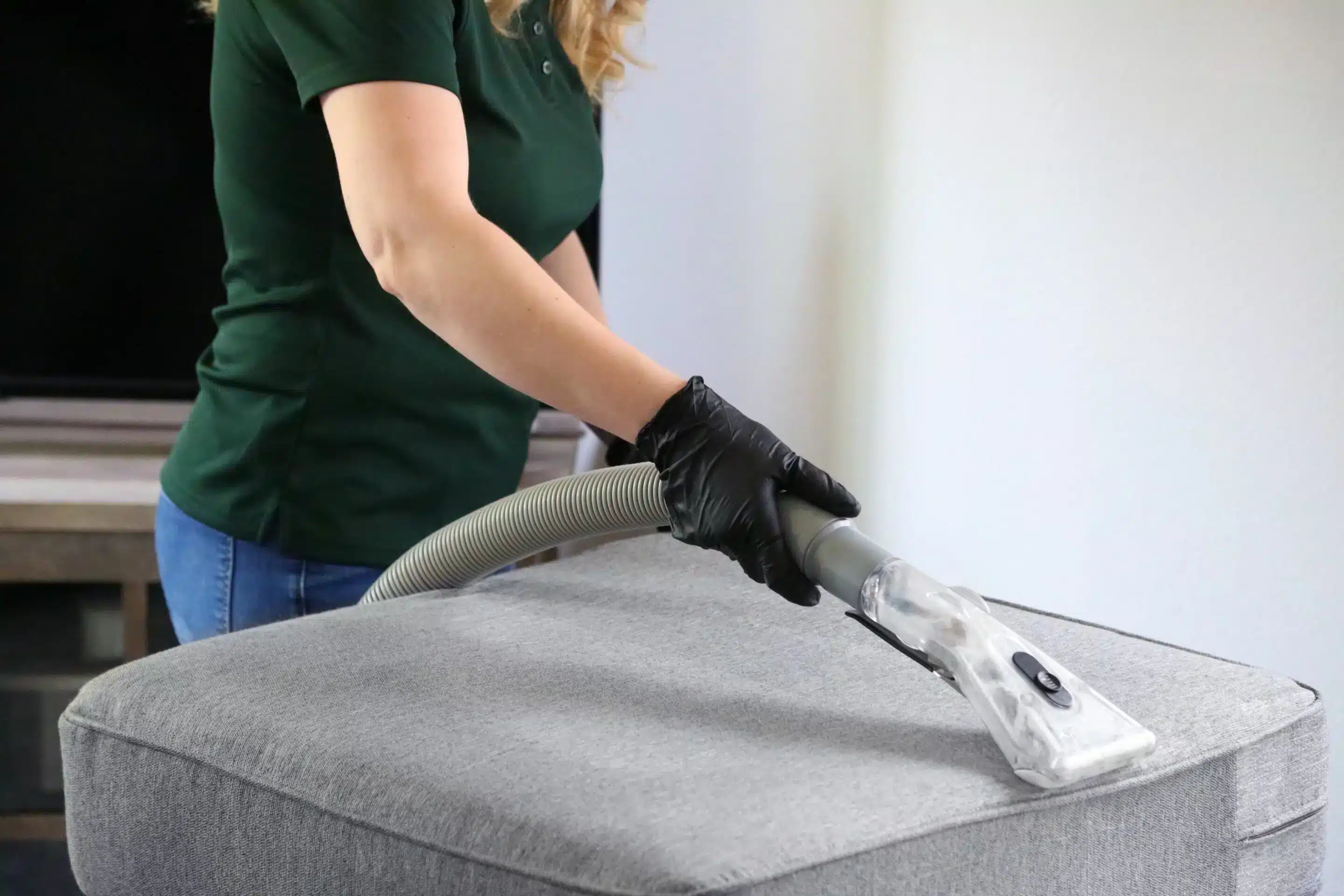Introduction:
A mattress is the unsung hero of a good night’s sleep, yet it often gets overlooked when it comes to cleaning. Over time, our mattresses accumulate dust, sweat, and allergens, impacting not only its hygiene but also our sleep quality. Discovering the art of clean a mattress through the AEG Cleaning Service can significantly enhance the longevity and comfort of this crucial piece of furniture.
Assess the Situation:
First, assess the condition of your mattress. Is it stained? Does it have odors? This evaluation will guide the cleaning approach you’ll undertake. For surface-level dirt and stains, a gentle vacuuming might suffice. However, if your mattress demands a deeper cleanse, be prepared for a more thorough process.
Start with the Basics:
Before delving into any intensive cleaning, strip the beds of all linens, including sheets, pillows, and mattress protectors. This enables an unobstructed view of the mattress’s condition and ensures a comprehensive cleaning process.
Vacuuming – The Initial Sweep:
Begin the cleaning process by using the upholstery attachment on your vacuum cleaner. This aids in removing dust, dead skin cells, and other debris that has settled on the surface. Employ gentle, overlapping strokes to cover the entire mattress surface systematically.
Spot Cleaning for Stubborn Stains:
Stubborn stains are a common adversary for mattresses. Tackle these areas with a mild cleaning solution and a soft-bristled brush. Test the solution on a small, inconspicuous area first to ensure it doesn’t cause discoloration. Gently dab at the stain, avoiding excessive moisture that might seep into the mattress layers.
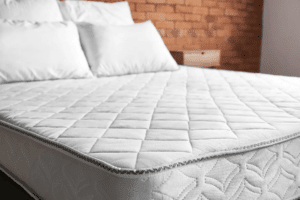
Deodorize Naturally:
Mattresses can develop musty odors over time. Combat these odors naturally by sprinkling baking soda liberally over the surface. Let it sit for at least 15 minutes (longer for more potent odors) before vacuuming it up. Baking soda is renowned for its odor-neutralizing properties, leaving your mattress smelling fresh and clean.
Time for a Deep Clean:
For more profound cleansing, consider steam cleaning your mattress. Steam effectively kills dust mites, bacteria, and other allergens that might have accumulated. Ensure the mattress doesn’t get overly wet during this process to prevent mold or mildew growth.
Protect and Maintain:
After a thorough cleaning process, it’s wise to invest in a mattress protector. This protective cover acts as a barrier against future spills, stains, and dust, prolonging the cleanliness of your mattress.
Routine Maintenance:
Regular maintenance is key to keeping your mattress fresh and clean. Aim to vacuum it every few months and incorporate the baking soda deodorizing method as needed. Following these practices will uphold the hygiene and longevity of your mattress.
Conclusion:
In short, a clean mattress is not just about aesthetics; it directly impacts the quality of your sleep and overall well-being. Incorporating these steps into your cleaning routine will not only revitalize your mattress but also ensure a restful and hygienic sleep environment. Treat your mattress with care, and it will repay you with nights of rejuvenating sleep.
FAQs
1. How often should I clean my mattress?
It is recommended to clean your mattress every six months to maintain hygiene and extend its lifespan. However, if you suffer from allergies or spill something on the mattress, immediate spot cleaning is advisable.
2. Can I use bleach to clean stains on my mattress?
No, using bleach or harsh chemicals on a mattress is not recommended as they can damage the fabric and cause discoloration. Instead, opt for mild cleaning solutions or natural remedies like vinegar and baking soda.
3. How do I remove urine stains and odors from a mattress?
To remove urine stains, blot the area with a mixture of vinegar and water, followed by sprinkling baking soda to absorb odor. Let it dry thoroughly before vacuuming. For persistent odors, consider using an enzymatic cleaner designed specifically to remove urine.
4. Can I flip or rotate my mattress after cleaning?
Yes, flipping or rotating your mattress can help maintain its shape and even outer wear. However, not all mattresses are designed to be flipped, especially newer models with specific comfort layers on one side.
5. Is it necessary to use a mattress protector?
While not mandatory, using a mattress protector can safeguard against spills, stains, and dust accumulation. Apparently, it acts as a barrier between the mattress and potential contaminants, making it easier to clean and extending the mattress’s lifespan.
If you want to avail this service and other services like carpet cleaning, upholstery cleaning, home cleaning, landlords & Airbnb, and office cleaning. You can book with us now!

